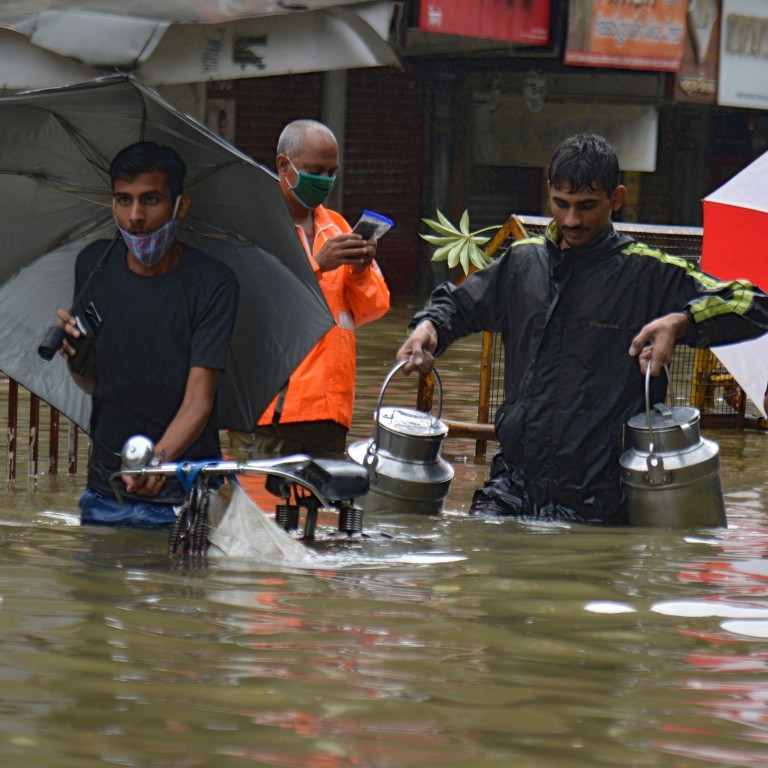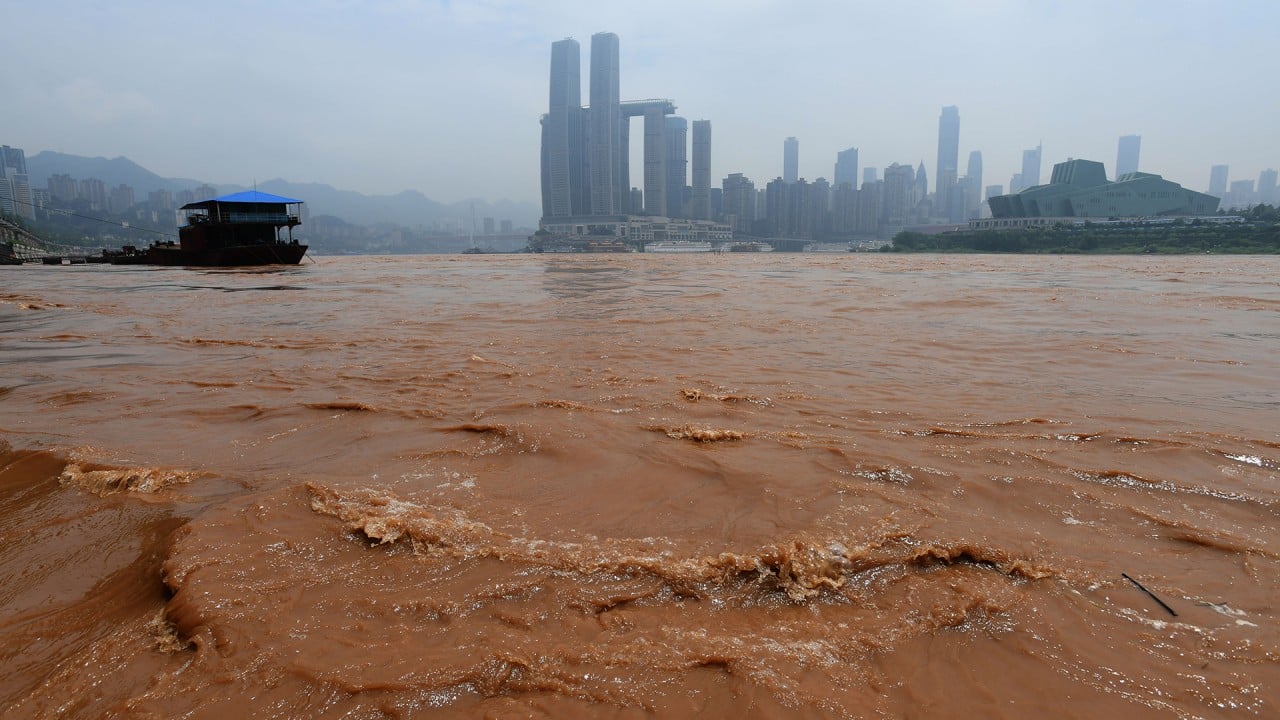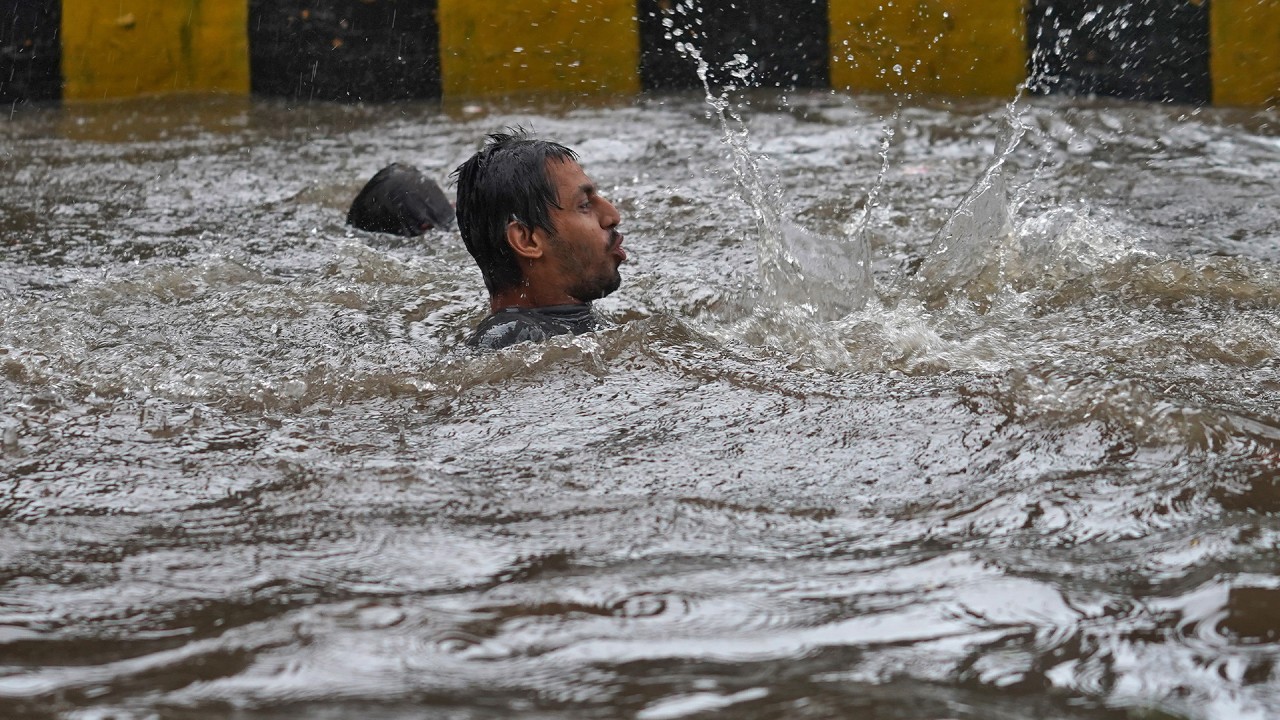
How climate change and bad water policies threaten Asia’s security and prosperity
- Increasing water scarcity across the Indo-Pacific will exacerbate geopolitical competition and conflicts over resources while creating impediments to economic growth
- Excessive groundwater extraction is the top threat to sustainability, with China, India and Pakistan forecast to be responsible for 86 per cent of Asia’s withdrawals by 2050
Competition for water between industry and agriculture will intensify in the developing Indo-Pacific as agriculture comprises 80 per cent of current freshwater withdrawals. While water demand is expected to rise 55 per cent, twice the current amount of food will be needed to support growing populations. As a result, some 3.4 billion people in Asia could face water stress by 2050.
“WaterGuide”, a report by the Australian Water Partnership and water resource advisory firm Aither, warns that urgent action could be needed as existing water infrastructure is highly unsuitable to accommodate projected growth.
The region is also adversely affected by water-related disasters. Estimates suggest that, in the previous decade, the region has witnessed 700 million deaths because of climate-related disasters, whereas floods alone have inflicted a loss of US$1.4 trillion.

06:40
The Yangtze River: Why China’s ‘beating heart’ is too big to fail
There are concerns that major cities could start running out of water soon. In most cases, water shortages are rooted in faulty municipal water management and citizen ignorance. Severe water scarcity will dampen the growth of Bangalore, which according to pre-pandemic estimates was set to grow annually at 8.5 per cent until 2035, the fastest of any city in the world.
Similarly, Indonesia will have to increase its water supply by 30 to 50 per cent as its urban population is set to exceed 90 million in the next two decades. Densely populated Southeast Asian metropolises such as Jakarta, Bangkok and Ho Chi Minh City will struggle with rising sea levels.

02:51
Glaciers in northwestern China melting at a ‘shocking’ rate and may disappear by 2050
Raghu Murtugudde, an atmospheric scientist at the University of Maryland, has said “global warming has destroyed the concept of the monsoon”. Extreme rainfall events have increased threefold in the past 70 years in parts of India while the total amount of rain has decreased. Erratic monsoons can drive India’s large agrarian populations to forced migration and substantially increase inequalities, conflict and violence.

03:53
Deadly monsoon floods affect over 4 million across South and Southeast Asia
Timely steps are essential to combat the effects of climate change in the Indo-Pacific. Negligence and inactivity can lead to dire consequences, including drastically reduced quality of life, loss of economic opportunities and large-scale, unwanted migration. A primary focus should also be engagement of communities and ground-level stakeholders.
Advanced economies in the region can be helpful in sharing expertise in water management as well as the creation of sustainable, resilient infrastructure in the Indo-Pacific. Considering that peace and security between advanced and developing economies is closely interlinked, such partnerships for the sustenance of dignified life and economic growth will benefit all parties in the region.
Akash Sahu is a researcher in Indo-Pacific geopolitics, security, development and sustainability. He works as a consultant at the New Delhi-based Council for Strategic and Defence Research

.jpg?itok=JSqVqCOy&v=1682928701)